- info@tropicalstudies.org
- (506) 2524-0607
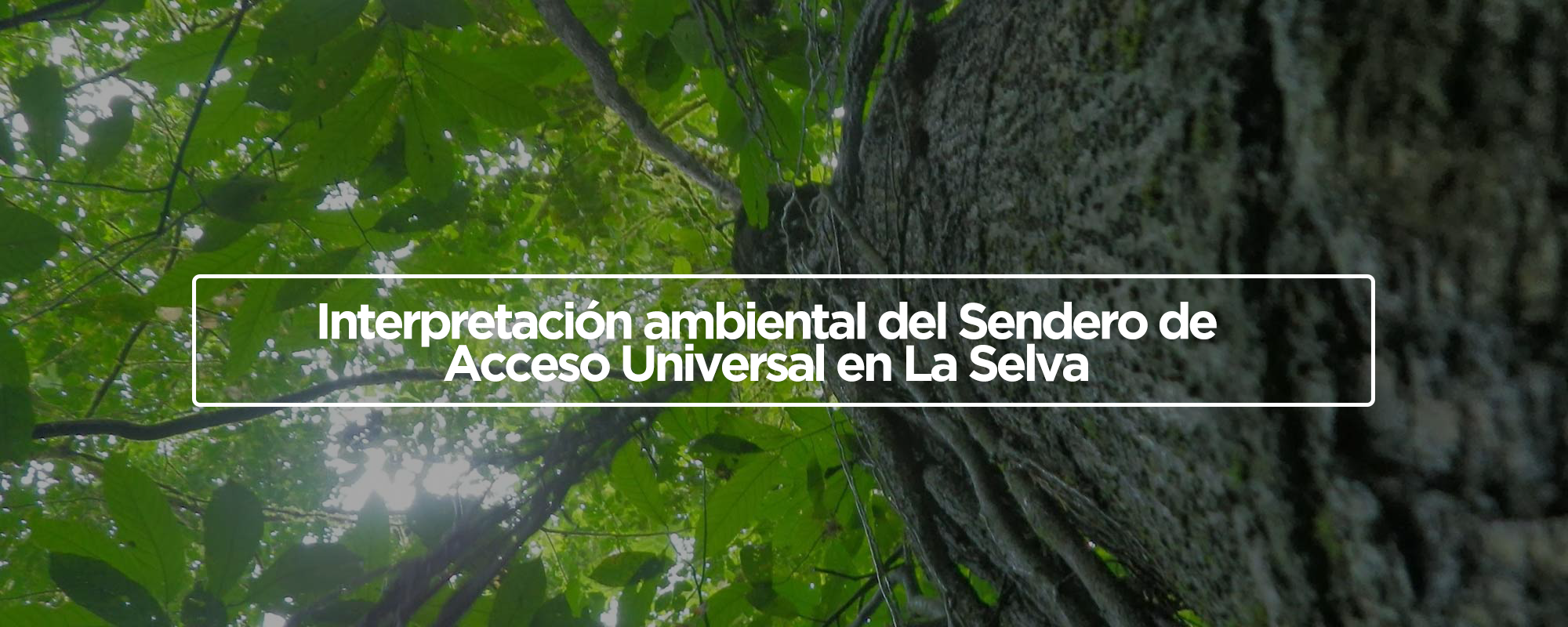
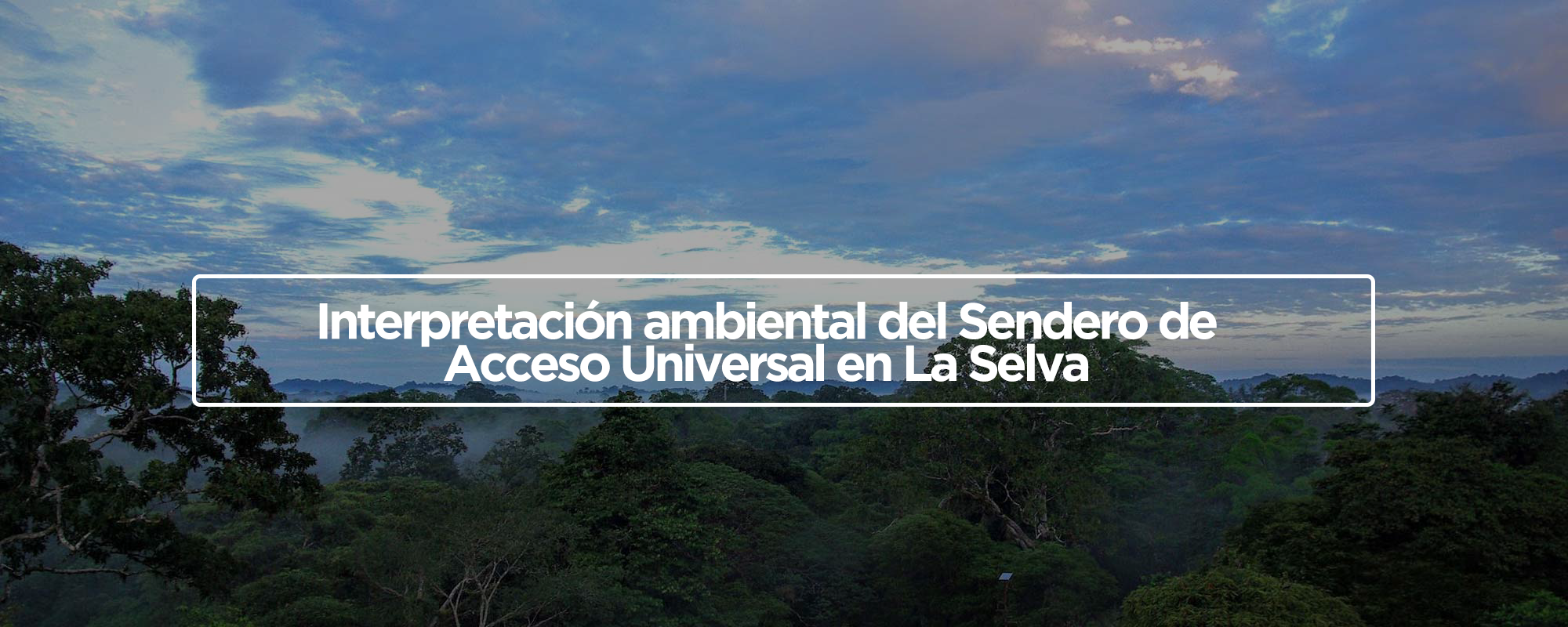
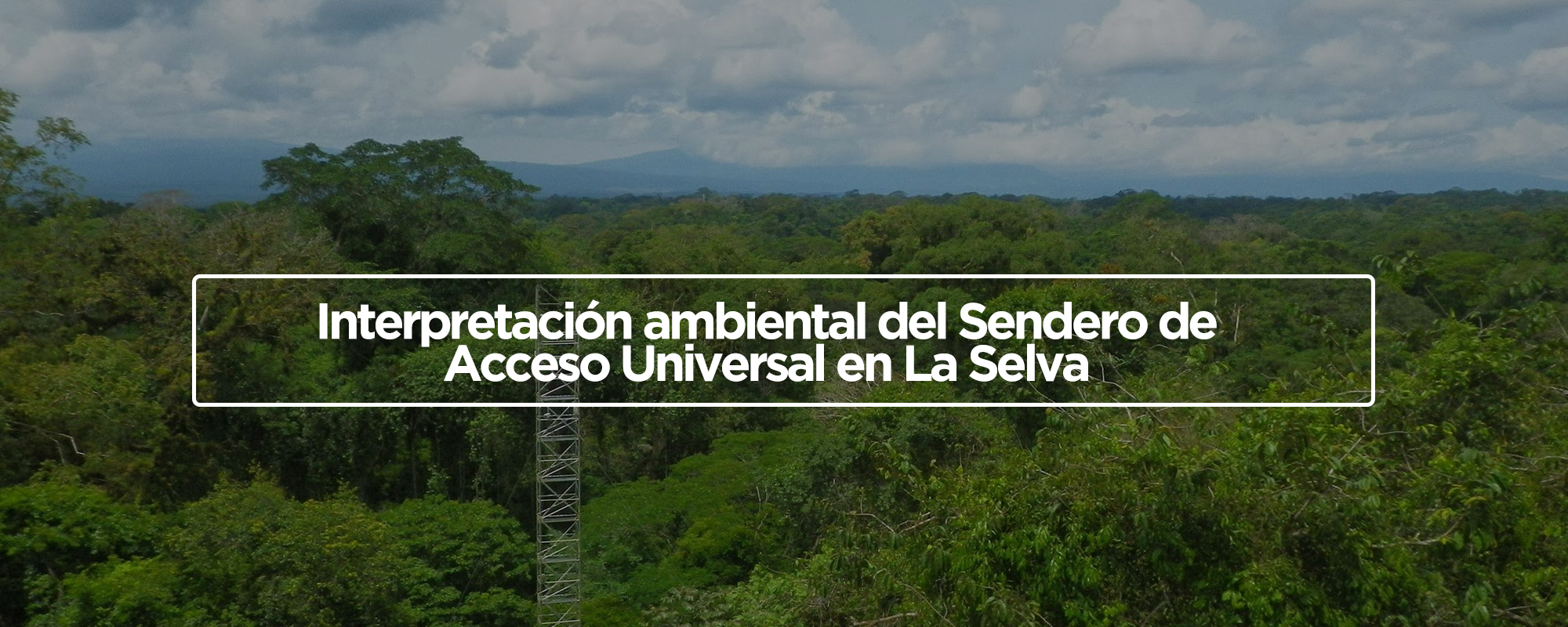

Con unos 300 investigadores cada año trabajando en 150 proyectos de investigación, la Estación de Investigación La Selva es una verdadera fábrica de conocimiento. La variedad de ecosistemas, desde bosque viejo o antiguo hasta humedales, arroyos, bosques en recuperación y áreas perturbadas, provee un amplio laboratorio natural para estudios ecológicos. Por casi 60 años, La Selva ha acumulado más de 4 500 publicaciones científicas, lo cual la hace una de las estaciones biológicas más productivas del mundo tropical. ¡Y todavía queda mucho por descubrir!
With some 300 researchers and students each year working on 150 research projects, the La Selva Research Station is a veritable factory of knowledge. The variety of ecosystems, from old-growth forest, to rivers and streams, wetlands, recuperating forests, and disturbed areas, provides a broad natural laboratory for ecological studies. For almost 60 years, more than 4,500 scientific publications have been written about research done in La Selva, which makes it one of the most productive field stations in the tropical world. And there is still a lot to be discovered!
X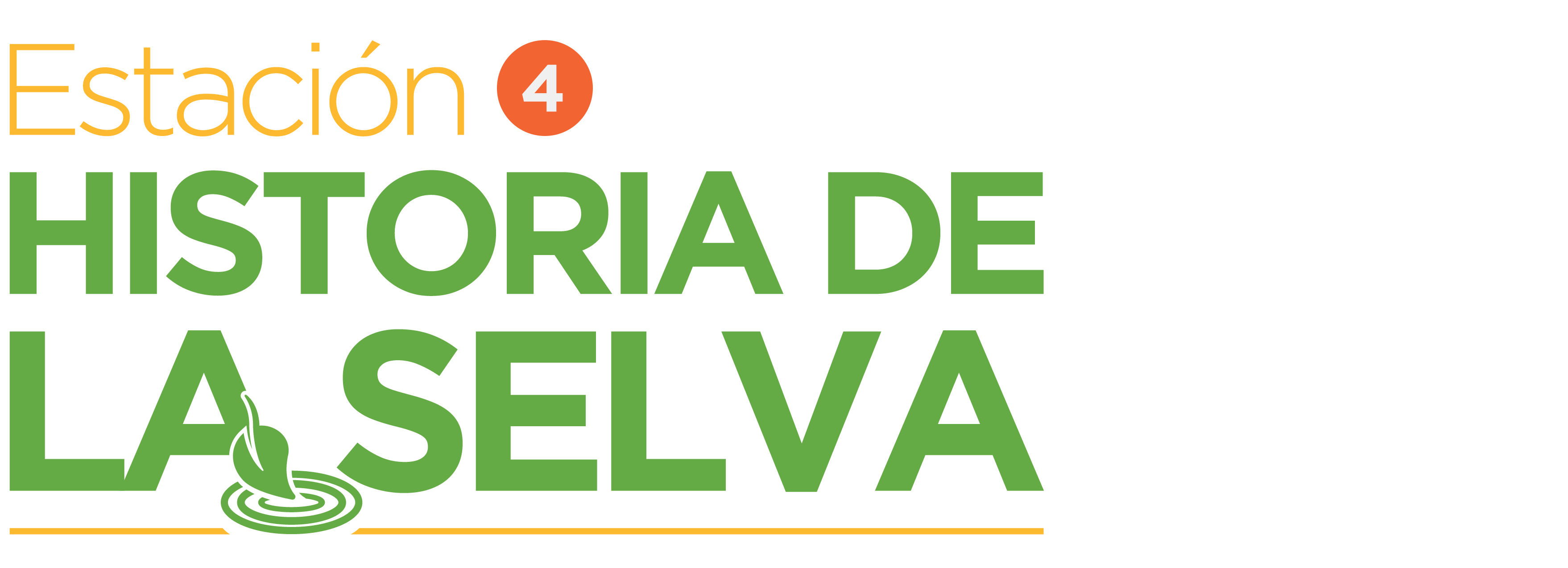
La Selva fue una de las primeras reservas privadas de Costa Rica. El Dr. Leslie Holdridge compró la primera sección en 1953, que se convirtió en la primera estación biológica de la OET en 1968. La reserva ha crecido hasta alcanzar más de 1 600 hectáreas. Muchos biólogos famosos han hecho carrera en La Selva, entrenando generaciones de estudiantes universitarios, los cuales traen después a sus propios alumnos.Hoy, se dictan más de 100 cursos universitarios en La Selva,haciéndola un lugar fabuloso para aprender sobre los bosques húmedos y los retos que se enfrentan hoy y en el futuro.
La Selva was one of the first private nature reserves in Costa Rica. Dr. Leslie Holdridge purchased its first core in 1953, and it became the first OTS biological field station in 1968. The reserve has grown to over 1,600 hectares. Many famous biologists have made their careers at La Selva, training generations of graduate students who bring their own students later. Today, more tan 100 university-level courses are taught at La Selva, making it a fabulous place to learn about tropical rainforests and the challenges they face today and in the future.
X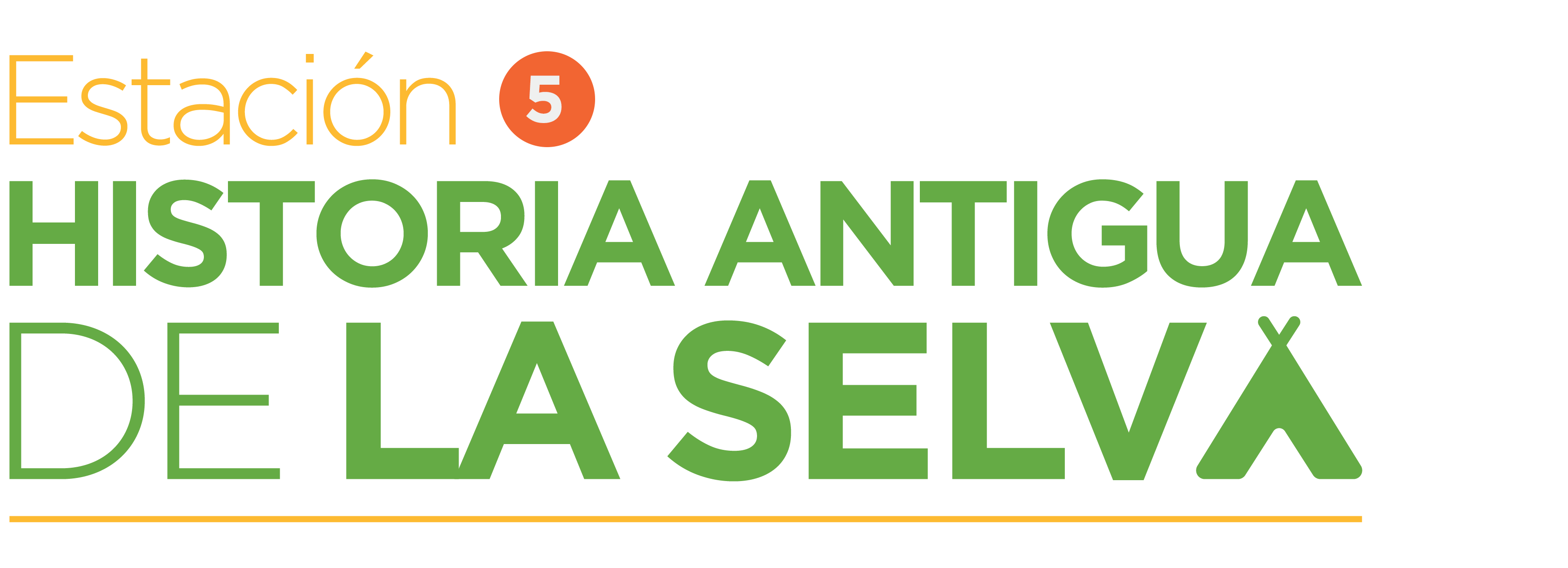
Los Botos, una etnia costarricense, ocupó la zona de La Selva a lo largo de los río Sarapiquí y San Carlos desde 1 000 AC hasta aproximadamente 1 500 años DC, cuando llegaron los españoles a nuestra tierra. Estudios arqueológicos en La Selva han encontrado cerámicas y artefactos de piedra, así como carbón (evidencia del uso del fuego para limpiar terrenos de cultivo) y evidencia de polen de maíz (Zea mays L.) de hace unos 700 años atrás. Nuestros bosques primarios no son entonces bosques vírgenes, sino que han sido moldeados por la mano del hombre por muchos siglos.
The Botos, a Costa Rican ethnic group, occupied the location of La Selva along the Sarapiquí and San Carlos rivers from about 1,000 BC to 1,500 AD, when the Spanish arrived to our territory. Archaeological studies at La Selva have found ceramics and stone artifacts, as well as charcoal (evidence of the use of fire to clear land for cultivation) and evidence of corn pollen (Zea mayz L.). Our primary forests are not virgin forests, then, but have been molded by the hand of man for many centuries.
X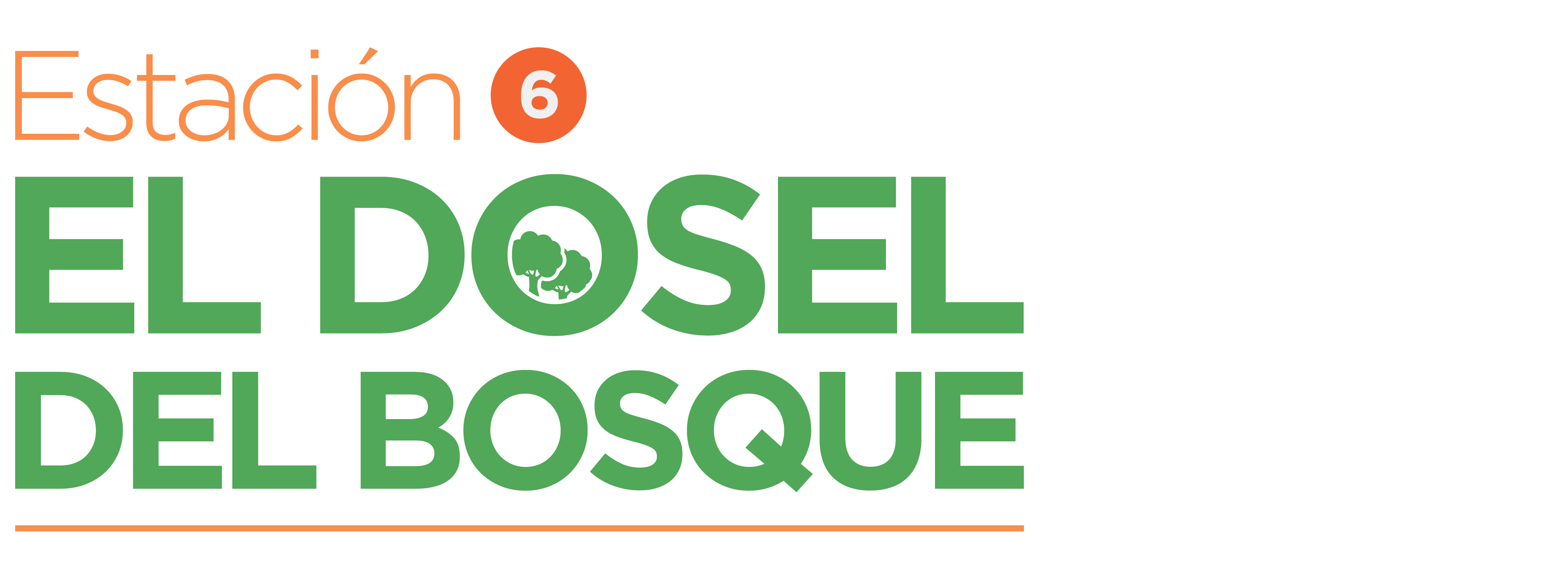
Mirar hacia el cielo en esta estación nos da una idea del tamaño de los árboles de La Selva. Los más altos superan los 50 metros, proveyendo sombra y cobertura por muchos metros cuadrados. Visto desde arriba, el dosel del bosque es un lugar extraordinario, donde llegan primero las lluvias y el sol, habitado por plantas y animales que nunca tocan el suelo del bosque. La Selva fue uno de los primeros sitios en Centroamérica en que se hicieron estudios sobre plantas y animales del dosel.
Looking up towards the sky at this station gives us an idea of how tall are the trees at La Selva. The tallest ones exceed 50 meters (164 feet), providing shade and cover for many square meters. Seen from above, the forest canopy is an extraordinary place, where rains and sun touch the forest first, inhabited by plants and animals that never touch the forest floor. La Selva was one of the first places in Central America to carry out plant and animal studies in the canopy.
X
Las zompopas (Atta cephalotes y otras especies) usan sus hojitas para cultivar un hongo que las alimenta. Bajo sus pies existe una metrópolis de hormigas de hasta 5 millones de habitantes.
Leafcutter ants (Atta cephalotes and other species) use their harvested leaves to grow a fungus that serves them as food. Under your feet there is an ant metropolis of up to 5 million inhabitants.
X
Para un árbol de higo (Ficus) germinar en el dosel del bosque tiene un reto: ¿Cómo alcanzan sus raíces el suelo 40 metros o más abajo? Una vez que tocan el suelo, estas raíces engordan y hasta pueden abrazar al árbol hospedero.
For a fig tree (Ficus spp.) to germinate on the forest canopy poses a challenge: How do its roots reach the ground 40 or more meters below? Once they touch the soil, these roots will get thicker and eventually even embrace its host tree.
X
Nuestra hormiga bala (Paraponera clavata) posee un veneno poderoso en su aguijón que causa mucho dolor. Es una excelente defensa contra depredadores, aunque también es usada para medir el valor de jóvenes guerreros de la tribu Sateré-Mawé, en Brasil.
Our bullet ant (Paraponera clavata) has a powerful venom on its stinger that causes a lot of pain. It is an excellent defense against predators, although it is used to measure the valor of young warriors of the tribe Sateré-Mawé of Brazil.
X
Los ríos de La Selva fluctúan enormemente durante las épocas más lluviosas. Aunque usted no lo crea, cuando crece y se desborda, este río puede cubrir este puente completamente y correr río arriba.
La Selva’s rivers fluctuate tremendously during the rainiest periods. Believe it or not, this river, when it swells and overflows its banks, can cover this bridge completely and run upstream.
X